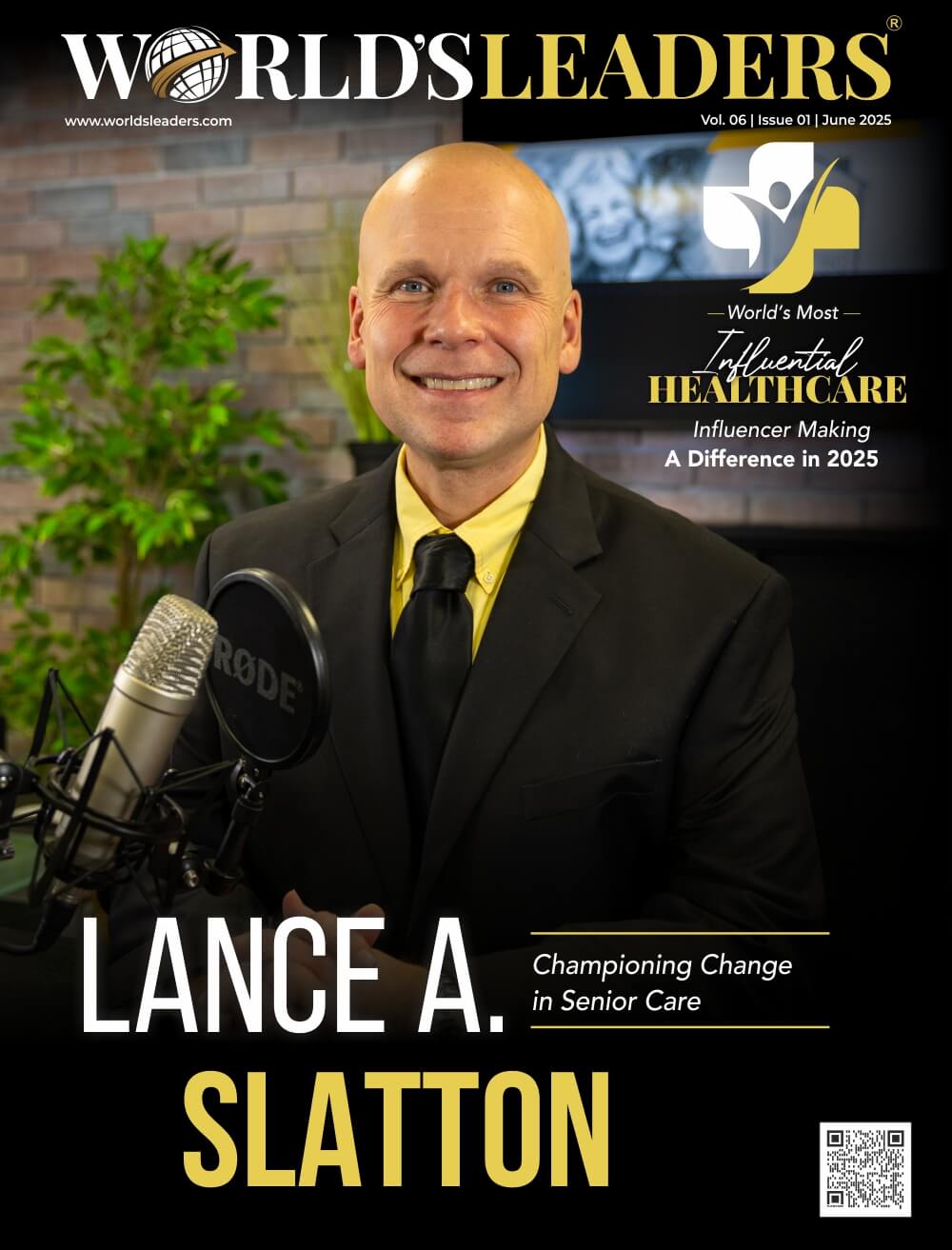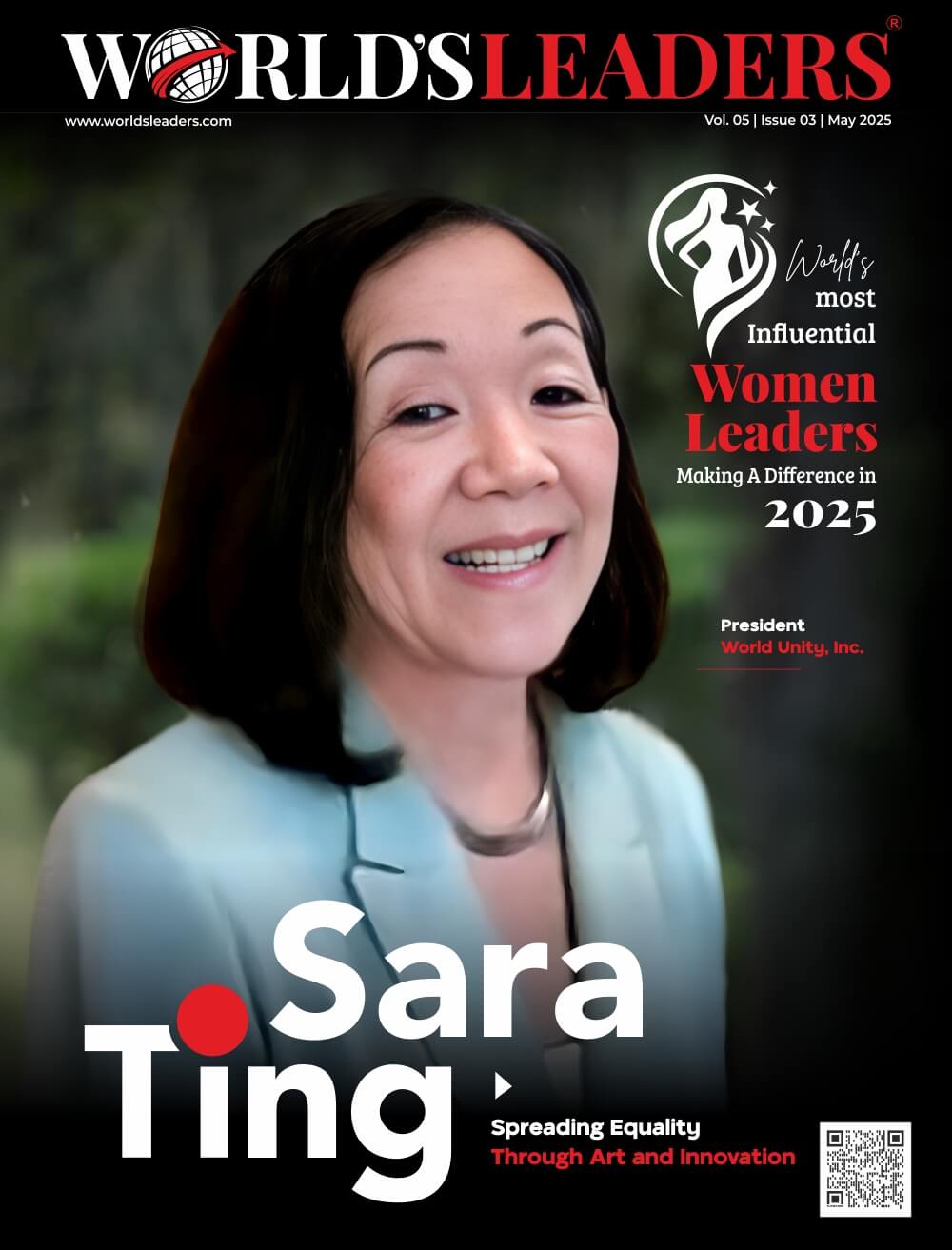Immersed in the world of art and passionate about it since his youth, Mr. Alexis de Bernede has always considered himself an art collector. He established his own organization at the age of 19 and began collaborating with artists, collectors, and businesses. Since then, due to his openness, the caliber of the network he helped to build, the advice he gave, and the discoveries he made, his career has grown significantly, leading to work with some of the most significant collectors and businesses in Europe and his inclusion in the Forbes 30 Under 30 Europe list.
Below are highlights of the interview conducted between World’s Leaders and Mr. Alexis de Bernede:
Describe who you are as a person, inside and outside of the workplace.
I am most likely the most optimistic and smiling person you will ever meet. I live for art, and love sharing my passion. A third characteristic that defines me is my love for new experiences, unique encounters, and spontaneity; which is illustrated by the projects undertaken by Gismondi & Darmo, all around Europe, always creating bigger and more ambitious projects in fabulous locations and with ambitious partners.
Describe your background and what did you do before you started/joined the company?
I grew up between Paris (France) and Boston, MA (USA). Before founding Gismondi & Darmo, I was a student in the United Kingdom, very involved with my Bachelor’s and Master’s degrees. I studied at the University of Warwick (Warwick Business School) in international management and at the University of Oxford in art history.
I started collecting artwork (limited edition prints at the time) with my student job savings when I was 15. This quickly became a passion, and little by little, this would become my life’s work. I started exhibiting contemporary art during my university studies because I wanted to share my love for certain emerging artists’ work, and help them grow their market and recognition.
Tell us about the inception of the company. How did it all start?
Everything I do is with my childhood best friend and business partner: Marius Jacob-Gismondi. We currently run two activities: (1) Darmo; and (2) Gismondi & Darmo. Both are very close but focus on different niches.
First, we founded Darmo, a company that supports emerging art and brings historical locations into the spotlight to help cities, regions, and countries’ heritage become better known and appreciated.
Darmo was our first success, Starting from our university dorm rooms (in the UK for myself and France for Marius), we started exhibiting emerging artists in the most beautiful historical locations we could find. Our shows would consistently grow, with outstanding sales every time, and bolder (yet harmonious) curatorial choices every time. We then started collaborating and working with iconic firms and mega-collectors.
Gismondi & Darmo was born four years after Darmo and grew naturally from the needs of our partners and collectors, who needed services outside of emerging art. To put it simply, Gismondi & Darmo helps firms and individuals grow their impact and leave a mark in history through art and culture.
What has made you successful? What do you value?
I always lead my firm with quality of work as our main motto—quality over money. It was our secret to becoming successful—especially when you build your firm in one of the most traditional industries: the art world. We started at age 19, in an industry where “you can’t make it if you don’t have gray hair.” Our approach was to always start with small-scale projects with new partners, exceed all expectations, and bring further projects into an entirely new dimension. This led us to work with some of the most iconic firms and public figures of our time, from Gucci to Giambattista, or historical castles such as Chateau Saint-Georges in Grasse (France) or Ghica Victoria Palace in Bucharest (Romania).
Which are the major services of the company and how do they the company to get ahead in the competition? What value-added services does the company provide?
We are among the first (if not the first) consulting firms specializing in building ESG-driven cultural initiatives for corporations. Our services go anywhere from short term projects (in-house or off-site workshops, conferences) to medium-term projects (art prizes, residency or exhibition programs, art collection creation) and work towards long term goals (creation of a museum, a foundation, an art collection of institutional standard, etc.).
Our edge? Our expertise across specialties (from ancient art to contemporary), as well as our eye and taste, which have been praised by the press and partners, which we combine with a made-to-measure offering to ensure that every project embodies our client’s or partner’s values and identity.
What are the most important aspects of a company’s culture? What principles do you believe in and how do you build this culture?
Marius and I live by the words “leadership over management.” We surround ourselves with experts and best-in-class teams—people who shine through their knowledge and taste, and whom we push to unlock their full potential.
What is the significance of innovative ideas in the company?
We constantly innovate to help our clients differentiate themselves in their industries and towards the public or governments, through art and culture.
We don’t revolutionize processes and technologies; we rather leverage the best of what tradition teaches us and add in the flexibility and possibilities offered by today’s business, technological, and artistic ecosystems.
Give us your opinion on; do organizations rely heavily on individual heroics or team processes?
I’ll go with neither, but rather “team heroics.” Let me explain why:
- One can’t go without the other. Organizations rely on visionary leaders. “Visionary” to set goals and “leader” to let team members give the best of who they are to bring projects to life; but no impact can be created without collaborative efforts.
- From a PR standpoint, the success of organizations also depends, in part, on efficient communication and communication that has a face.
- But if I had to go with one answer, I would go with team processes. Nothing brings more value to an organization than teams working fluidly together, where individuals unleash their full potential. Perhaps this should be called “team heroics”?
What are your responsibilities as the Founder/CEO of the company? What is the happiest part of your daily routine?
Creating impact, and happiness. This is both inwardly and outwardly facing. The impact must be internal within my company, so our team grows and develops, so our partners’ teams grow and develop, and so that the impact created by our initiatives touches the public and participates in leaving a mark in history beyond our (ourselves and partner organizations’) lives.
The happiest part of my daily routine is being surrounded by creativity and art in everything I do. Art is a silent language that moves, creates emotions, and leads to happier individuals.
What advice would you give someone going into a leadership position for the first time?
Don’t do what you love; love what you do. Emotions are contagious, and your passion will drive those around you and all that you touch or do.





